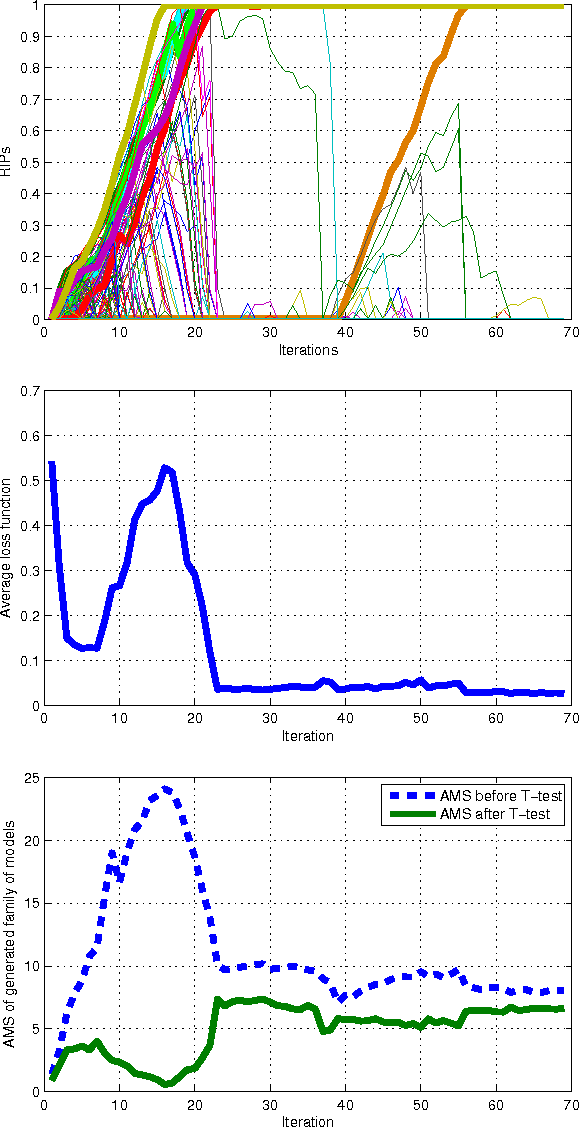Alessandro Falsone
Vehicle-to-Grid and ancillary services:a profitability analysis under uncertainty
Sep 20, 2023Abstract:The rapid and massive diffusion of electric vehicles poses new challenges to the electric system, which must be able to supply these new loads, but at the same time opens up new opportunities thanks to the possible provision of ancillary services. Indeed, in the so-called Vehicle-to-Grid (V2G) set-up, the charging power can be modulated throughout the day so that a fleet of vehicles can absorb an excess of power from the grid or provide extra power during a shortage.To this end, many works in the literature focus on the optimization of each vehicle daily charging profiles to offer the requested ancillary services while guaranteeing a charged battery for each vehicle at the end of the day. However, the size of the economic benefits related to the provision of ancillary services varies significantly with the modeling approaches, different assumptions, and considered scenarios. In this paper we propose a profitability analysis with reference to a recently proposed framework for V2G optimal operation in presence of uncertainty. We provide necessary and sufficient conditions for profitability in a simplified case and we show via simulation that they also hold for the general case.
Randomised Algorithm for Feature Selection and Classification
Jul 28, 2016



Abstract:We here introduce a novel classification approach adopted from the nonlinear model identification framework, which jointly addresses the feature selection and classifier design tasks. The classifier is constructed as a polynomial expansion of the original attributes and a model structure selection process is applied to find the relevant terms of the model. The selection method progressively refines a probability distribution defined on the model structure space, by extracting sample models from the current distribution and using the aggregate information obtained from the evaluation of the population of models to reinforce the probability of extracting the most important terms. To reduce the initial search space, distance correlation filtering can be applied as a preprocessing technique. The proposed method is evaluated and compared to other well-known feature selection and classification methods on standard benchmark classification problems. The results show the effectiveness of the proposed method with respect to competitor methods both in terms of classification accuracy and model complexity. The obtained models have a simple structure, easily amenable to interpretation and analysis.
 Add to Chrome
Add to Chrome Add to Firefox
Add to Firefox Add to Edge
Add to Edge